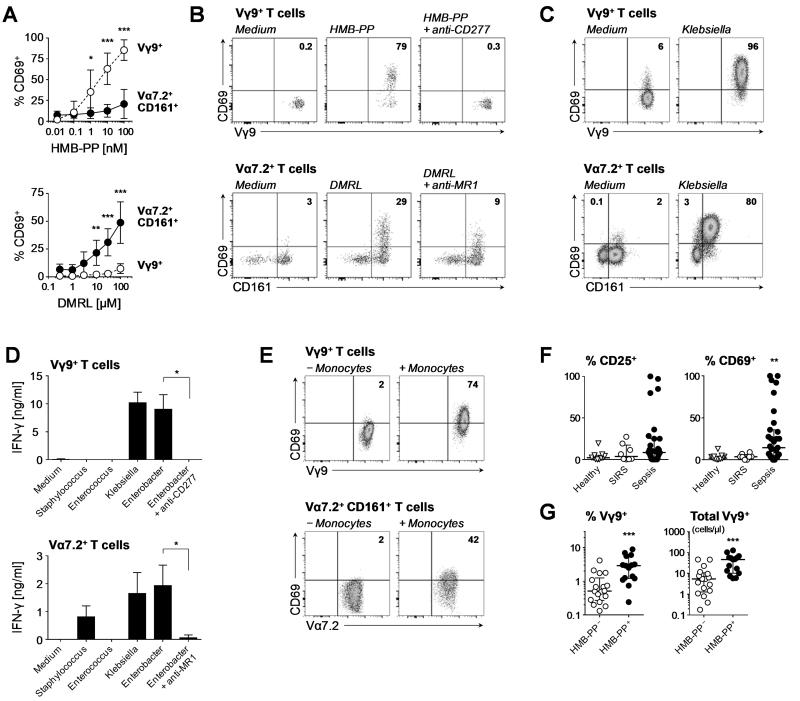FIGURE 1. Unconventional human T-cell responses to microbial metabolites in vitro and in vivo.
(A) CD69 surface expression by Vγ9+ T-cells and Vα7.2+ CD161+ T-cells in PBMC stimulated overnight with HMB-PP or DMRL (means ± SD, n=5). Data were analyzed by two-way ANOVA with Bonferroni’s post-hoc tests. (B) Representative FACS plots of two donors showing CD69 expression by Vγ9+ T-cells and Vα7.2+ T-cells in PBMC stimulated overnight with 100 nM HMB-PP or 100 μM DMRL, in the absence or presence of anti-CD277 or anti-MR1 mAb. (C) CD69 expression by MACS-purified Vγ9+ T-cells or Vα7.2+ T-cells co-cultured overnight with autologous monocytes in the presence of supernatants from neutrophils after phagocytosis of Klebsiella pneumoniae (representative of three donors). (D) IFN-γ secretion by MACS-purified Vγ9+ T-cells or Vα7.2+ T-cells co-cultured overnight with autologous monocytes in the presence of supernatants from neutrophils after phagocytosis of different bacteria: HMB-PP− DMRL+, Staphylococcus aureus; HMB-PP− DMRL−, Enterococcus faecalis; and HMB-PP+ DMRL+, Enterobacter cloacae and Klebsiella pneumoniae (means ± SD, n=3-4 donors). Differences between mAb-treated and untreated cultures were analyzed using Mann-Whitney tests. (E) CD69 expression by FACS-sorted Vγ9+ T-cells or Vα7.2+ CD161+ T-cells co-cultured overnight with or without autologous monocytes in the presence of supernatants from neutrophils after phagocytosis of Enterobacter cloacae (representative of two donors). (F) Surface expression by CD25 and CD69 on circulating Vγ9+ T-cells in healthy controls and in patients with SIRS or sepsis. Each data point represents an individual, lines and error bars depict medians and interquartile ranges. Data were analyzed using Kruskal-Wallis tests and Dunn’s multiple comparison tests; comparisons were made with sepsis patients. (G) Proportion of Vγ9+ T-cells among all circulating T-cells and absolute counts of circulating Vγ9+ T-cells (in cells/μl blood) in sepsis patients with microbiologically confirmed infections caused by HMB-PP producing (E. coli, Enterobacter aerogenes, Haemophilus influenzae, Klebsiella pneumoniae, Pseudomonas aeruginosa, Stenotrophomonas maltophilia, anaerobic Gram-negative bacilli, diphtheroid bacteria) or HMB-PP deficient organisms (Aspergillus fumigatus, Candida spp., Staphylococcus spp., Streptococcus pneumoniae). Data were analyzed using Mann-Whitney tests. Differences were considered significant as indicated in the figures: *, p<0.05; **, p<0.01; ***, p<0.001.

